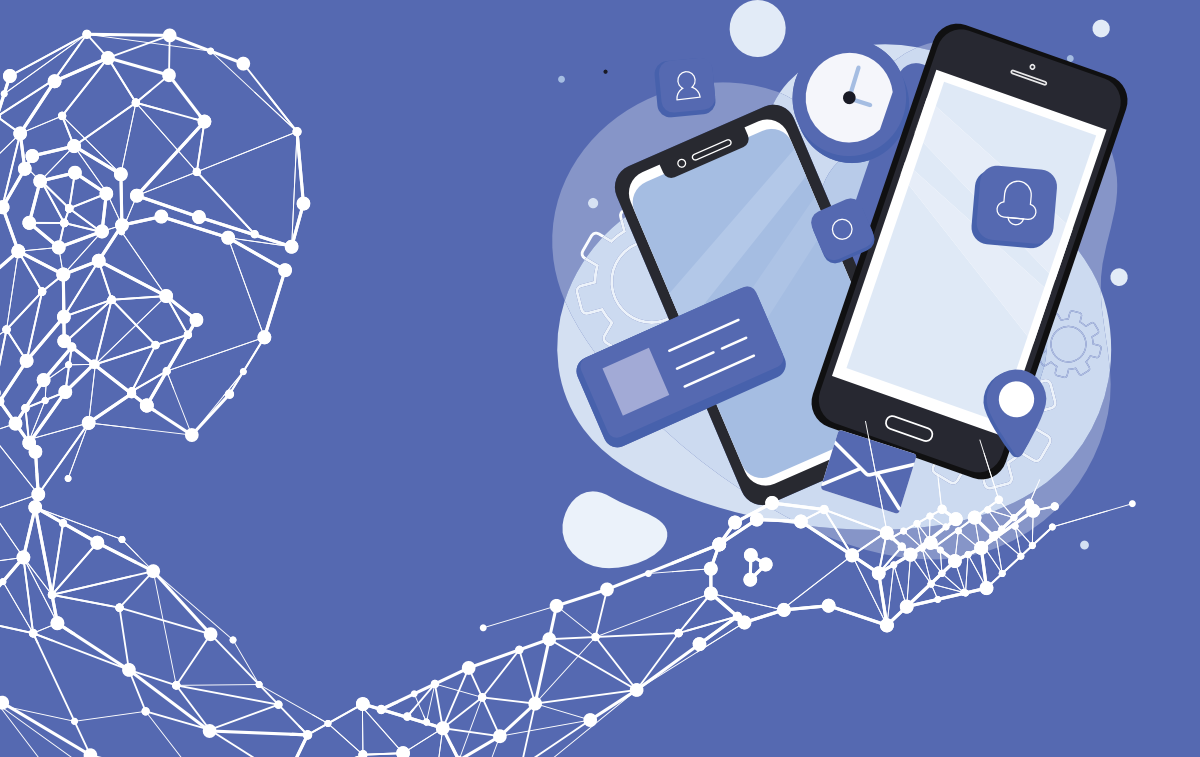As a business owner, you’re constantly on the lookout for ways to cut costs and streamline operations. One solution you may not have considered yet is Dynamics 365. This subscription-based service offers a range of powerful tools that can help you manage everything from sales and marketing to finance and supply chain management. But what makes Dynamics 365 so cost-effective? In this blog post, we’ll explore the many benefits of this innovative platform and show you why it could be the perfect solution for your business. So sit back, relax, and get ready to discover a whole new world of possibilities with Dynamics 365!
Dynamics 365 Subscription Benefits
Microsoft Dynamics 365 is a comprehensive and flexible business management solution that offers several subscription plans to cater to the varying needs of businesses. These plans provide cost-effective options for companies to choose from, enabling them to select the features and capabilities that best fit their requirements. Microsoft Dynamics 365 subscription plans offer exceptional value to businesses, ensuring they pay only for what they need. The various plans include Customer Engagement, Finance and Operations, Talent, Retail, and Business Central. Each plan includes a different set of features designed to cater to specific business needs. Microsoft Dynamics 365 licensing and pricing are transparent, with no hidden costs or surprises, making it easy for businesses to budget accordingly. Overall, Microsoft Dynamics 365 subscription plans are an excellent choice for businesses looking for a robust and cost-effective solution to manage their operations.
Besides its flexibility in subscription plans, Microsoft Dynamics 365 also offers a transparent pricing policy, ensuring you only pay for what you use. This means that you can easily plan and manage your budget while gaining access to a range of productivity and collaboration tools, all conveniently integrated into a single solution. Furthermore, whether you are a small business or a large enterprise, Microsoft Dynamics 365 provides a scalable and cost-effective licensing model, allowing you to choose the right mix of app licenses, user licenses, and usage-based licenses according to your needs. In conclusion, Microsoft Dynamics 365 offers a comprehensive and customizable platform for businesses of all sizes, delivered at a competitive price point that maximizes value and ensures a high return on investment.
Licensing and Pricing Overview
Microsoft Dynamics 365 is an all-encompassing product suite that provides comprehensive software applications, such as Customer Relationship Management (CRM), Enterprise Resource Planning (ERP), and other business productivity tools. This product suite is adaptable to suit the needs of businesses of any size, offering customized solutions to cater to specific business requirements. Microsoft Dynamics 365 licensing and pricing are flexible, allowing businesses to choose the applications that suit their needs and budget. With this software suite, businesses can choose from a range of licensing options, including per user, per app, and unlimited users, providing a cost-effective solution for businesses of all sizes. Microsoft Dynamics 365 offers a range of features and functionality that can streamline processes, increase productivity, and drive business growth. Whether you’re a small startup or a large corporation, Microsoft Dynamics 365 can help you achieve your business goals.
The licensing and pricing structure of Microsoft Dynamics 365 is a crucial consideration for businesses looking to adopt the software. With a focus on user roles and functionality within the system, businesses may need to purchase licenses for specific applications or modules, or a subscription to access all features. The pricing structure is flexible, allowing businesses to select the modules that they require, tailoring the software to meet their specific needs. The cost of the software is often dependent on the number of users, with discounts available for bulk purchases. Microsoft Dynamics 365’s pricing and licensing can be complex, but with careful consideration of the different user roles and modules available, businesses can create a tailored package that supports their operations while keeping costs down. As with any software investment, thorough research is essential to ensure that you are choosing the best option for your business and that you understand the full cost implications of your decision.
Thus, when it comes to Microsoft Dynamics 365 licensing and pricing, businesses need to take into account their specific needs and the scope of their operations. The cost of licenses is determined by the number of users and the type of license chosen. Companies with larger deployments and longer subscription periods can benefit from discounts. As Dynamics 365 is designed to streamline business processes, it can ultimately help companies save money in the long run by increasing efficiency and productivity. While it may seem daunting to navigate the licensing and pricing options, partnering with a trustworthy Microsoft Dynamics 365 provider can simplify the process and help businesses make informed decisions about their investment.
Cost-Effective Strategies for Business Owners
As a business owner, you want to ensure that every penny spent on Microsoft Dynamics 365 Licensing and Pricing is worth it. Hence, it is necessary to explore cost-effective strategies that can help drive long-term savings. One such strategy is selecting the right subscription plan that suits your business needs. With an array of subscription plans to choose from, it can be overwhelming to know which one is best for your business. However, taking the time to evaluate your business needs and selecting a suitable subscription plan can lead to significant savings in the long run. The right subscription plan ensures that you only pay for what you need, making it an efficient investment for your business. Therefore, when it comes to Microsoft Dynamics 365 Licensing and Pricing, selecting the right subscription plan can be a cost-effective strategy that should not be overlooked.
Microsoft Dynamics 365 is a powerful tool that can help businesses improve their efficiency and productivity. However, it’s essential to understand the licensing and pricing options available to maximize your budget. Microsoft offers several pricing models, including per user per month, per app, and organization. Each model has its advantages and disadvantages, so it’s crucial to consider your business’s needs before making a decision. For example, if you have a large team that requires access to multiple apps, the per-user per-month model may be the best option. On the other hand, if you only need access to specific apps, the per-app model might be more cost-effective. By understanding the different pricing models offered by Microsoft Dynamics 365, you can select the one that best aligns with your business needs, maximize your budget, and ensure you’re maximizing the use of this potent tool.
Besides being aware of the different licensing options available, there are other ways to save money and get the most out of Microsoft Dynamics 365. One such method is to take advantage of volume discounts offered by Microsoft. By purchasing licenses in bulk, organizations can scale their investment while also reducing costs per user. This not only helps organizations achieve substantial savings but also encourages increased adoption of Dynamics 365 throughout the organization. So, by exploring these options and understanding Microsoft Dynamics 365 licensing and pricing, businesses can tailor their entire licensing strategy to maximize value and investment.
Understanding the Value of Dynamics 365
Microsoft Dynamics 365 Licensing and Pricing can be a complex area to navigate for businesses. However, it’s important to understand the benefits of the software, such as how it enables businesses to make more informed decisions. The software offers visibility into multiple aspects of a business, from operations and customer interactions to financial data, all in one unified system. This can be particularly helpful for businesses looking to streamline processes and stay on top of key data points. With Dynamics 365, businesses have access to a range of licensing models and pricing options, helping to ensure they only pay for what they need. Despite the complexity of licensing and pricing options, Dynamics 365 is an investment worth considering for businesses looking to boost efficiency, reduce costs, and make better business decisions.
Microsoft Dynamics 365 Licensing and Pricing is an essential tool for businesses looking to improve their operations and profitability. This comprehensive solution offers a range of features that can help streamline processes and reduce costs, resulting in increased efficiency. With Microsoft Dynamics 365, businesses can generate insights that provide valuable information about their operations, allowing them to make better decisions. By implementing this solution, businesses can optimize their resources and increase their profitability, ensuring long-term success. The flexible licensing and pricing options also make it easy for businesses to tailor their solution to their specific needs, making it a cost-effective choice for organizations of all sizes. In summary, Microsoft Dynamics 365 Licensing and Pricing is a powerful tool that can deliver significant benefits to businesses looking to improve their operations and increase profitability.
All in all, organizations need of Microsoft Dynamics 365 licensing and pricing to make informed strategic decisions. By recognizing the value that Dynamics 365 components bring to their business, companies can better understand which licensing options suit their specific needs and maximize the long-term possibilities of their investment. Furthermore, understanding Microsoft’s licensing and pricing models could help organizations stay ahead of the curve in terms of budgeting and planning for future upgrades and expansions. As the business world evolves rapidly, companies that keep themselves updated on the latest trends and technologies will be better positioned to capitalize on opportunities as they arise. In conclusion, by embracing the vital role that Dynamics 365 plays in driving efficiencies and driving growth, companies can enhance their chances of success in today’s dynamic and ever-changing business landscape.
Conclusion
In conclusion, Dynamics 365 offers businesses a way to reduce costs while still benefiting from a wide range of powerful tools and services. Whether you’re looking to streamline your sales and marketing efforts, improve your supply chain management, or keep a closer eye on your financials, Dynamics 365 has you covered. By choosing a subscription-based service, you’ll enjoy flexible pricing options and the ability to scale up or down as needed. With all these benefits and more, it’s clear that Dynamics 365 is the cost-effective choice for businesses looking to stay ahead of the curve in today’s rapidly changing marketplace. So why wait? Start exploring the possibilities today and see how Dynamics 365 can help take your business to the next level!




